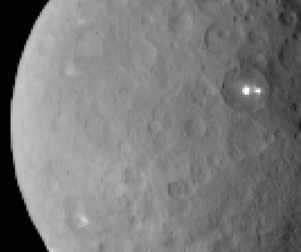Jet lag is worse on Mars
Research and actual experience has found that adjusting to the slightly longer Martian day is not as easy as you would think.
If you’re on Mars, or at least work by a Mars clock, you have to figure out how to put up with the exhausting challenge of those extra 40 minutes. To be exact, the Martian day is 24 hours, 39 minutes, and 35 seconds long, a length of day that doesn’t coincide with the human body’s natural rhythms. Scientists, Mars rover drivers, and everyone else in the space community call the Martian day a “sol” to differentiate it from an Earth day. While it doesn’t seem like a big difference, that extra time adds up pretty quickly. It’s like heading west by two time zones every three days. Call it “rocket lag.”
Research and actual experience has found that adjusting to the slightly longer Martian day is not as easy as you would think.
If you’re on Mars, or at least work by a Mars clock, you have to figure out how to put up with the exhausting challenge of those extra 40 minutes. To be exact, the Martian day is 24 hours, 39 minutes, and 35 seconds long, a length of day that doesn’t coincide with the human body’s natural rhythms. Scientists, Mars rover drivers, and everyone else in the space community call the Martian day a “sol” to differentiate it from an Earth day. While it doesn’t seem like a big difference, that extra time adds up pretty quickly. It’s like heading west by two time zones every three days. Call it “rocket lag.”



